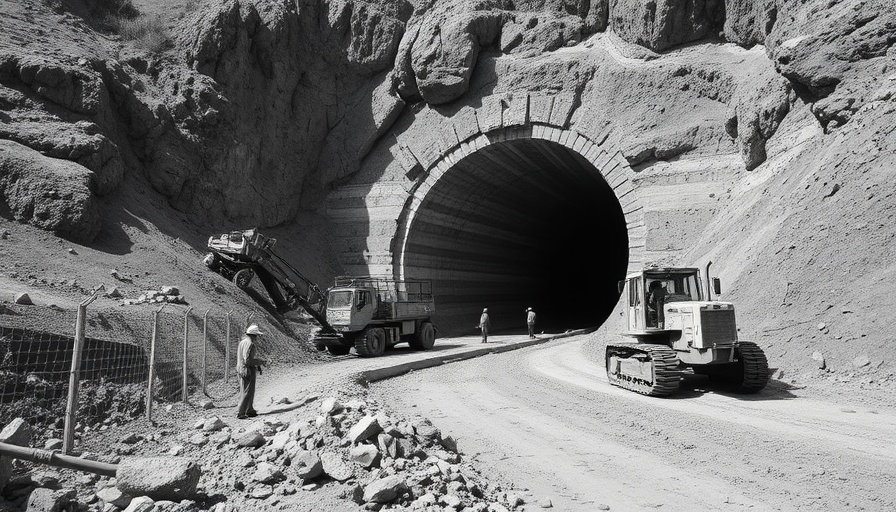
Welcome to the Future: The £3bn Haweswater Aqueduct Resilience Programme
In a groundbreaking move for infrastructure in the UK, the newly formed Cascade Infrastructure consortium, led by Austrian contractor Strabag, has secured a £3bn deal to overhaul the iconic Haweswater Aqueduct. As a vital water supply line built in the early 1950s, the aqueduct has long served approximately 2.5 million residents across Greater Manchester and Lancashire, transporting 570 million liters of water per day. Now, as the aqueduct prepares for a transformative upgrade, the exciting details are being unveiled.
Modernizing a Historic Engineering Marvel
The refurbishment project, known as the Haweswater Aqueduct Resilience Programme (HARP), involves the careful replacement of six tunnel sections that stretch over an impressive 110 kilometers. Unlike its predecessor, which utilized traditional hand-dug methods, the new pipeline will deploy advanced tunnel boring machines. This modern technique allows for standardized segments, significantly reducing construction time and minimizing the environmental impact through the elimination of thousands of heavy goods vehicle (HGV) deliveries.
The Broader Impact of HARP
Described as one of the largest infrastructure projects ever undertaken in Britain, HARP extends beyond mere repair. It aims to create long-term job opportunities and foster skills development for local communities. As Cascade Infrastructure chief executive Simon Green noted, this initiative is not just about upgrading critical infrastructure; it represents a shift towards sustainable development that will benefit the region’s economy and community for decades to come.
A Sustainable Legacy
With sustainability at the core of construction practices, Strabag’s involvement exemplifies a commitment to eco-friendly advancements. Community engagement and the development of skills are prioritized, ensuring that as the aqueduct evolves, so do the local workforce's opportunities. The aim is not only to deliver high-quality infrastructure but to also instill a sense of ownership and pride amongst residents about their shared resources.
What This Means for Homeowners
For homeowners in London and surrounding areas, the HARP project signifies a positive step towards a more resilient water supply network. Implementing such substantial improvements can enhance overall property values as infrastructure evolves. Moreover, it illustrates a growing trend in the industry—prioritizing smart, connected systems that align with eco-friendly living. As homeowners increasingly seek sustainable solutions, such advancements in infrastructure will play a significant role in shaping their environmental impact and the community's future.
Conclusion
The HARP project is set to redefine not only the Haweswater Aqueduct but the very way infrastructure integrates with local communities. As Strabag and its partners embark on this journey, the vision to create lasting economic and social value is pivotal. For those at home, this ambition holds immense promise for the future of their properties, reminding us all that through collaboration and innovation, we can build not just better structures, but stronger connections.
 Add Row
Add Row  Add
Add 




Write A Comment